What issue can we solve for you?
Type in your prompt above or try one of these suggestions
Suggested Prompt


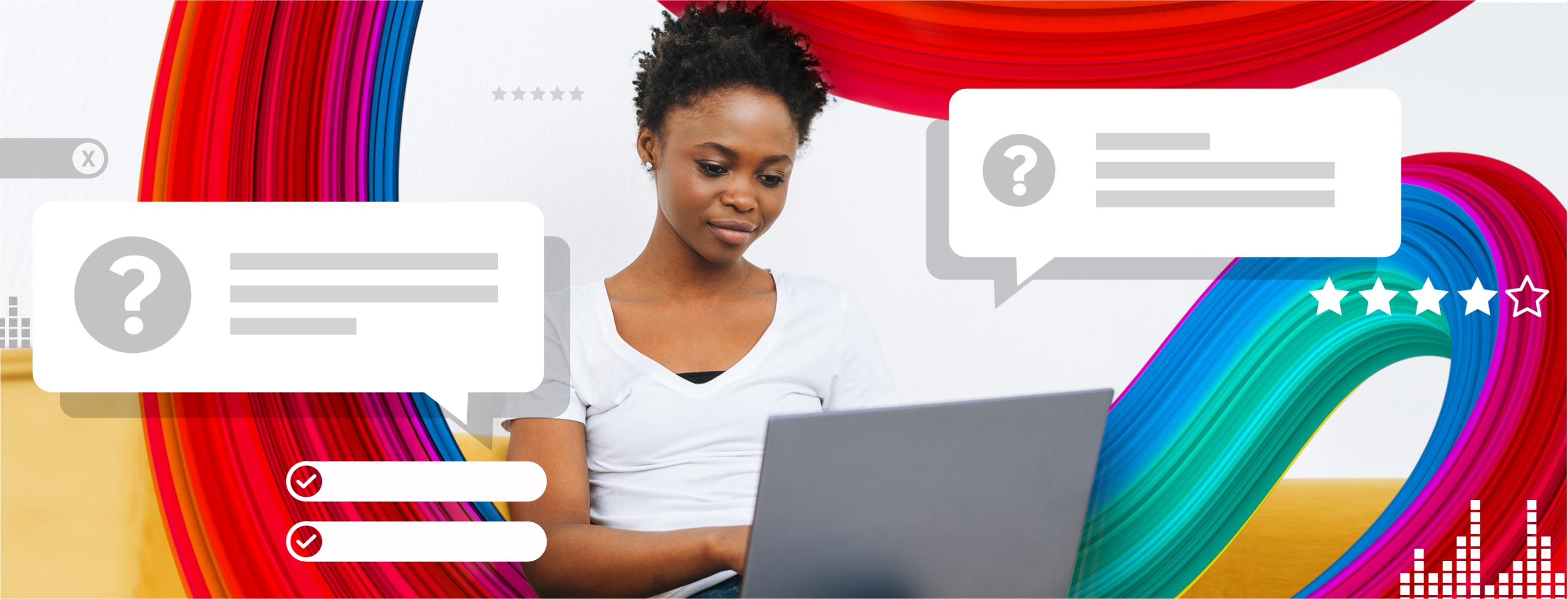
Survey-Led Research: How Businesses Study Markets and Reach Audiences
Survey-Led Research: How Businesses Study Markets and Reach Audiences
Survey-led research is a powerful tool for any brand trying to make meaningful connections online and gain competitive advantage
As the pandemic took hold, new media properties seemed to emerge every day. People spent more time on social media and competition for ad space intensified. As Vox's Recode reported, viewership for Twitch and Facebook Gaming, where people can watch and communicate with others playing video games, nearly doubled during the pandemic. According to SimilarWeb, from 2020 to 2021, visits to TikTok increased by nearly 600%. Meanwhile, visits to Instagram and Twitter increased by 43% and 36%, respectively.
To be successful in this fluid yet highly competitive environment, brands need to conduct survey-led research for the best ways to reach their audiences in an impactful and efficient manner. Data and insights are indispensable for brands that want to evolve with the times.
How Does Survey-led Research Work?
Survey companies work with a range of industry-leading panels to source respondents while ensuring representative samples in each country. People who choose to accept the survey invitation then answer a series of questions about the matter at hand.
Once the survey is completed, participants are redirected back to the source panels. These panels hold personally identifiable information (PII) and generally, survey companies never ask for or receive this information. However, companies do collect details including IP address and ask for permission to drop and read cookies on an individual’s browser. The surveyor attaches a unique identifier (a string of alphanumeric characters) to each panelist’s survey responses so they can synchronize survey responses with browsing behavior and accurately measure exposure to specific advertising campaigns.
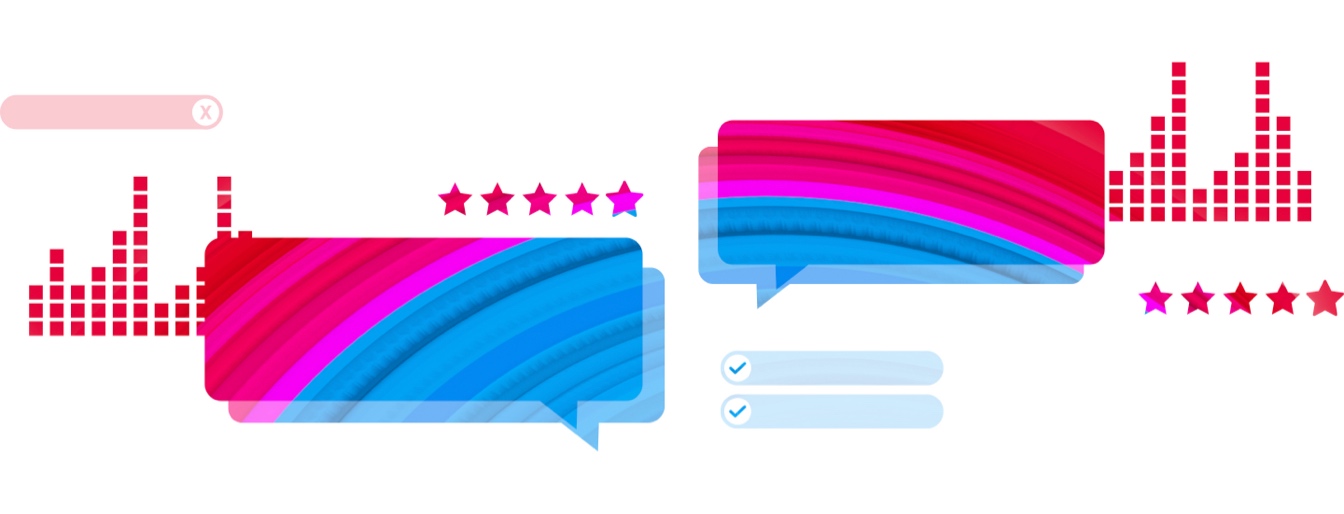
What Does This Mean for Businesses?
One might wonder why a business would need something as simple as a survey to solve complex business problems. Well, the utility of survey results isn’t limited to targeted advertising. Surveys create value in a variety of ways:
- Know customers on a deeper level. A company can understand their audience’s lifestyles, attitudes, perceptions and even aspirations to see what really drives their actions across the media they use, including why they engage at all.
- Embrace a cookie-less future. Survey-led research adheres to privacy rules and regulations such as the EU’s General Data Protection Regulation (GDPR). They require participants to fully opt-in, giving companies access to lot of consumer information—all while maintaining the privacy and anonymity of respondents.
- Size up the market. Researchers can better understand how much of the target audience exists in a particular market, which helps in accurately predicting the revenue potential for a client.
- Gain competitive advantage. Effective audience segmentation enables a business to stand out against the competition.
GDPR Compliance: Minding Data Privacy During Surveys
The EU passed GDPR to protect an individual’s rights over their own data. As a result, companies should be transparent about how they collect, process and store a user’s personal information.
Publicis Sapient and Google Cloud conducted global research with IPSOS that found people are concerned about how companies collect and use their personal data. This finding transcends regions and age groups.
Americans are most comfortable sharing basic personal data, followed by Australians and Britons, however all countries feel less comfortable sharing Bio, Digital, and Issued data.
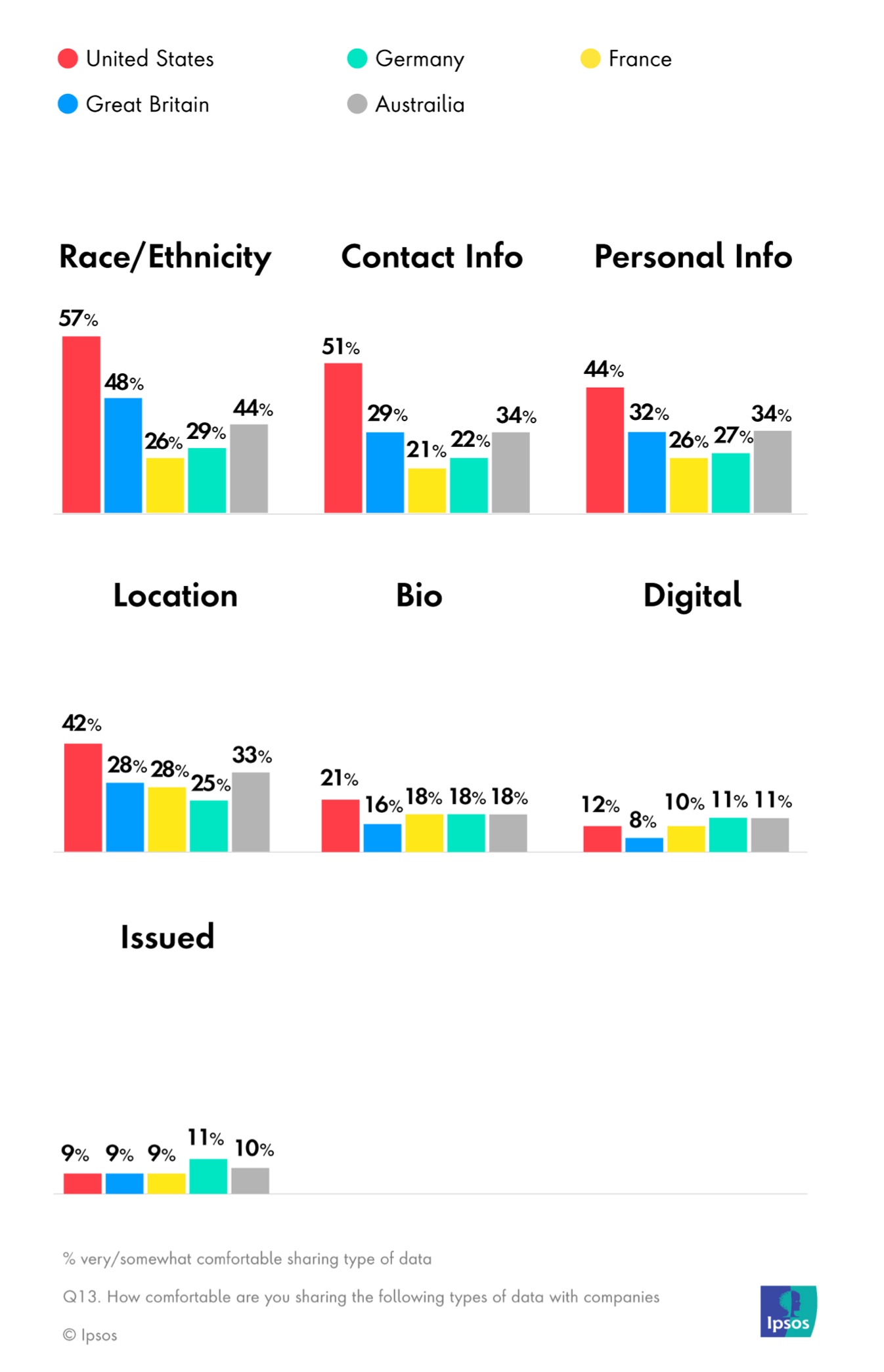
Under the GDPR, cookies, unique identifiers and IP addresses are counted as personal data. A surveyor needs to ensure that the data collection and processing complies with these rules. The surveyor always needs to ask people for their consent before allowing them to begin the questionnaire itself. At the beginning of each survey, participants should receive a cookie consent notice along with clear, digestible cookie and privacy information.
What Types of Data are Collected?
Companies collect all types of data on individuals, including survey, technical, cookie and identity. GDPR sets out clear guidelines about what counts as personal data, which includes anything related to an individual’s identity. Other personal data—such as cookies, unique identifiers and IP address—are generally retained only for as long as required for business interests.
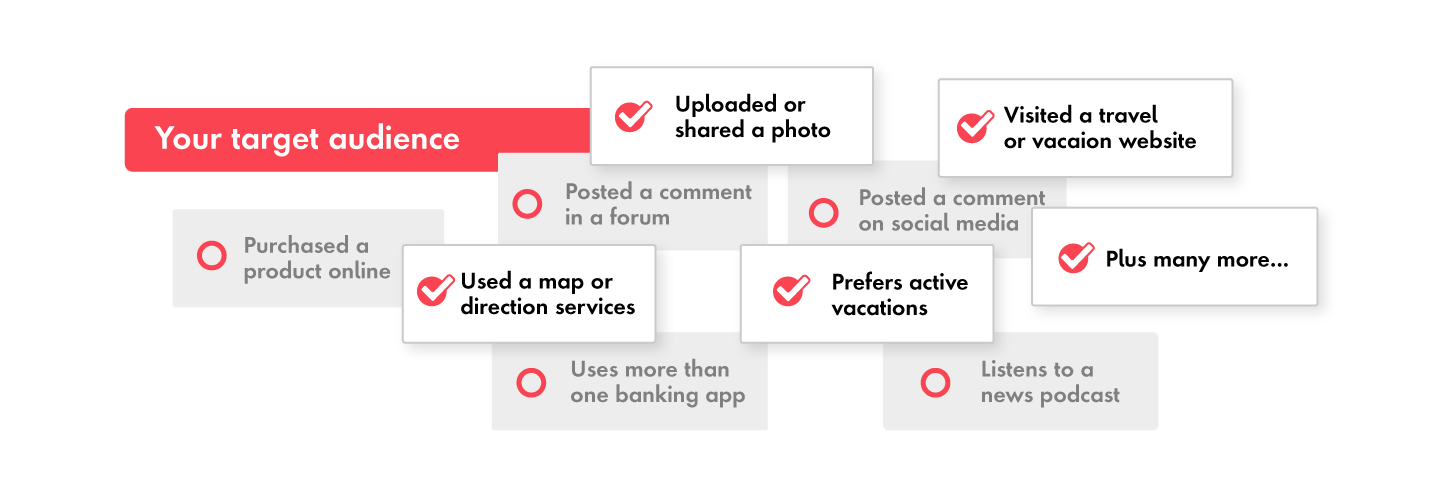
Within surveys, some questions related to personal health, ethnicity/nationality, politics and sexual orientation cover areas that GDPR considers a “special category” when it comes to personal data. A surveyor needs to ensure all panels make their panelists aware that they may be asked about these categories of data when they sign up and respondents are to be given a “prefer not to say” option.
“It can be hard for small teams to deal with a couple of media plans a week, about four campaigns a month, quarterly presentations and numerous daily reporting. In such scenarios, a digital media strategist can turn to a survey-led research tool such as GWI (Global Web Index) to scale fast with reliable outcomes.”
Media Strategist , Publicis Groupe
A Case Study in Survey-led Research: Brand X
One of the world’s biggest retailers headquartered in Hong Kong (Brand X) boasts a wide portfolio of consumer technology products. The company’s vision revolves around delivering smarter technology for all their customers through better products, solutions, software and services.
Prior to conducting survey research, Brand X lacked a significant depth of customer data. They needed to define their audience accurately and expand their reach among the right people.

The research coupled with robust audience profiling data enabled the business to identify two potential audience segments: techies and female gamers. As a starting point, the segmentation helped to achieve the following:
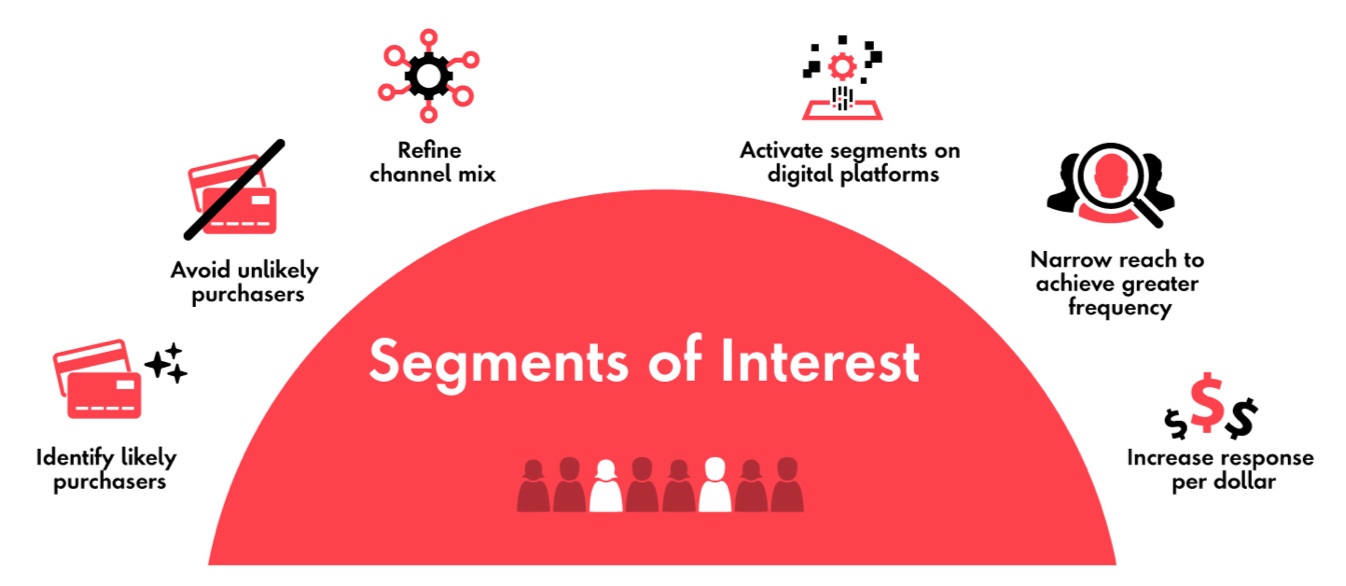
The strategic approach was as follows:

The research capability gave the client access to datasets that they didn’t have before. It, in turn, unearthed specific customer interests and crucial insights:
- Firstly, based on the GWI audience segmentation, techies and female gamers were closest to the audience categories we wanted the brand to target.
- Secondly, about 90% of the target audience liked gaming, so custom advertising contents were designed over major channels to drive awareness and buying intent.
Further, personalized segmentation strategies on key platforms resulted in great improvements:
- The brand’s conversions increased by 15% and advertising costs decreased by 22% year-over-year.
- Brand study measurements showed a 10% increase in aided awareness lift and a 17% increase in conversion lift across Europe, the Middle East and Africa.
Organizations that use survey data to inform their marketing efforts can turn the current moment into a time of transformation. By understanding the audience at a more granular level, finding new behavioral relationships and enabling rapid experimentation, marketers can seize growth opportunities and enter the recovery with significantly greater return on investment and resilience to market changes.
Related Articles
-
![The Data Collection & Consent Survey]()
The Data Collection & Consent Survey
Publicis Sapient and Google Cloud conducted wide-ranging research on consumer attitudes toward data privacy, identity, and transparency. The report provides extraordinary insights into how brands can best manage their customer relationships.
-
![]()
Industry Research & Analysis | Knowledge Center
With reports covering industries from financial services to travel, our Research Center has the actionable data you need to transform your organization.
-
![CDP Research]()
-
![the Digital Life Index]()
Updated: The Most Recent Digital Life Index
Ongoing research featuring people-first, data-led insights in work & education, transportation and energy industries.








